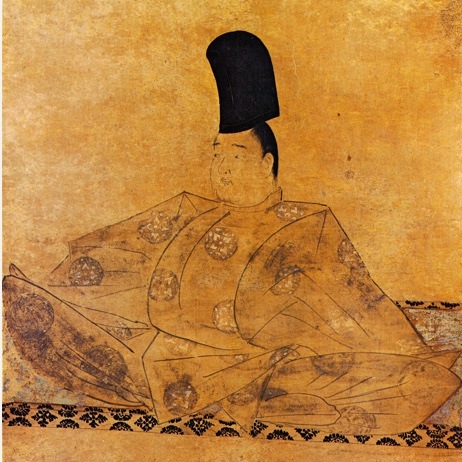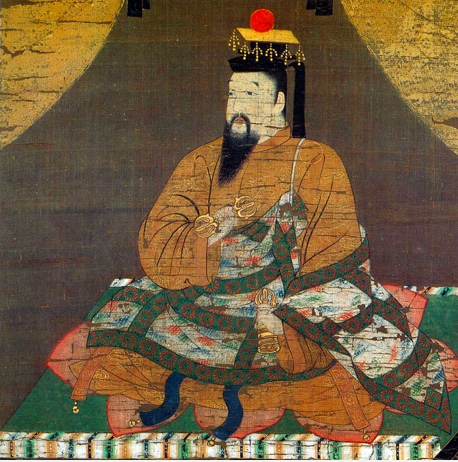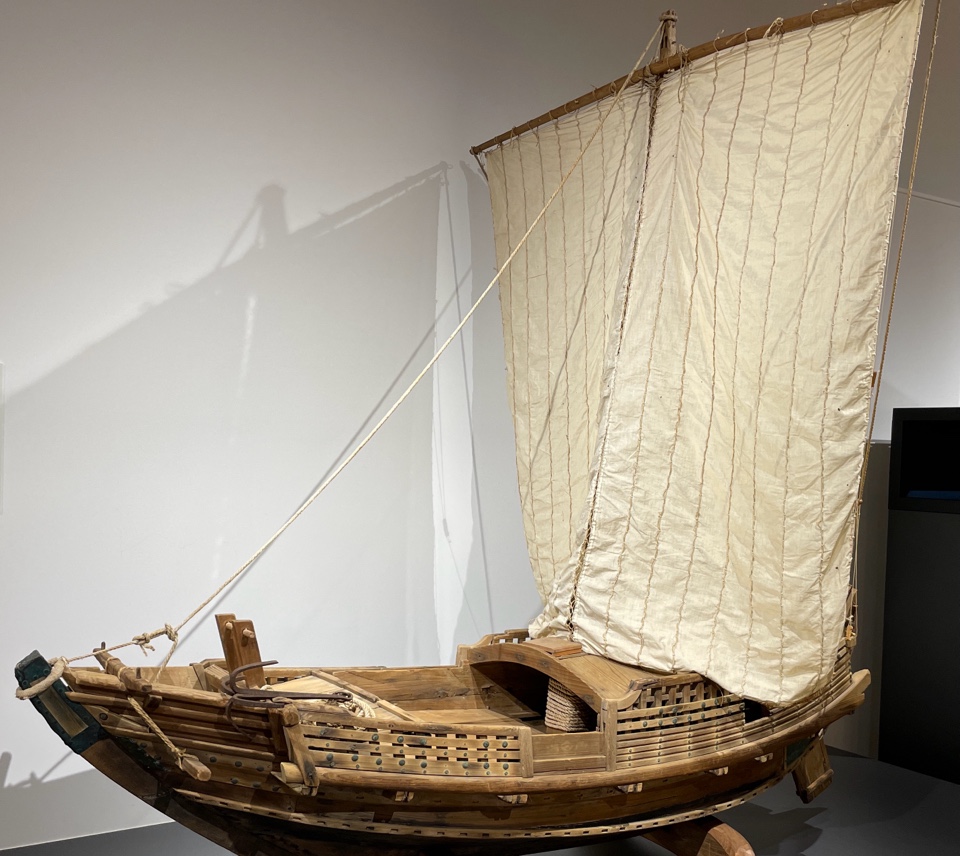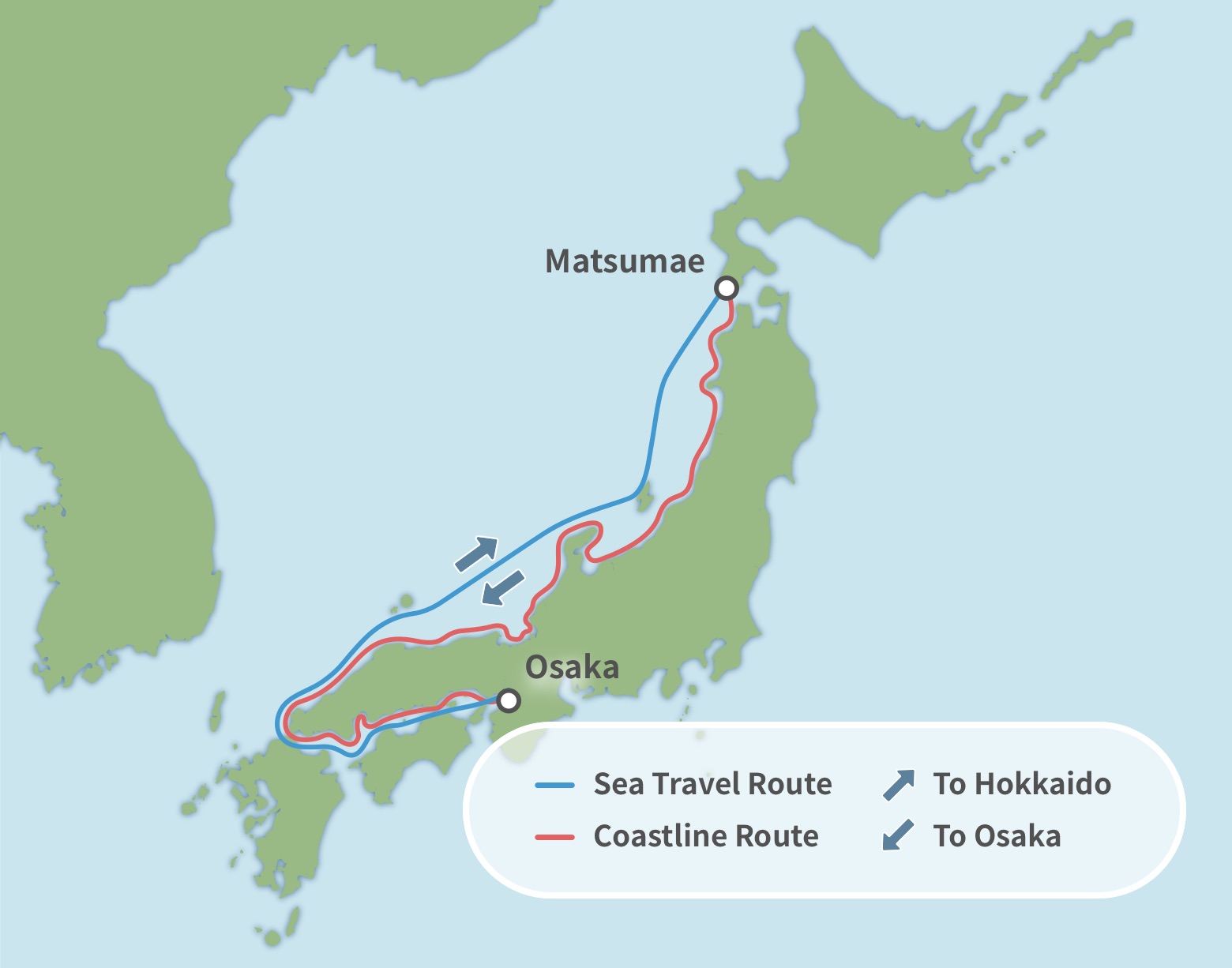Obsidian is one of the representative rocks of the Oki Islands. It was used as a material for stone tools from the Paleolithic Age.
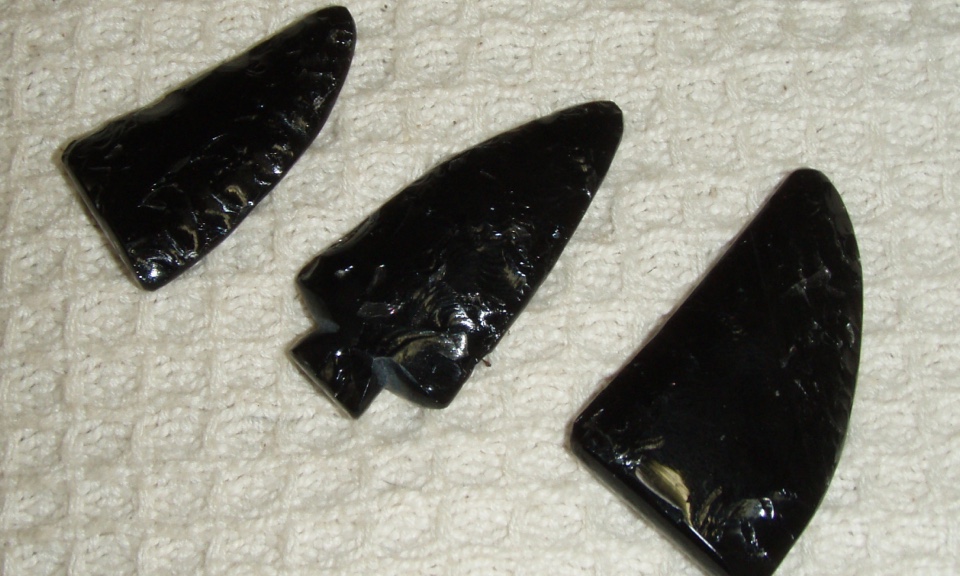
Due to regional differences in the minor components of obsidian, chemical analysis allows us to pinpoint the place where it was mined. From this, we know that although over 70 obsidian localities have been confirmed across Japan, the Oki Islands are one of only six places (and the only one in the Chūgoku region) that yield resources of high enough quality to be used for stone tools.
Oki obsidian was traded mainly in the Chugoku region, but also as far north as Niigata Prefecture and east to Shikoku Island, as early as 30 thousand years ago. This shows that Oki obsidian was highly valued for its quality, and seen as a necessary resource for people in prehistoric times.
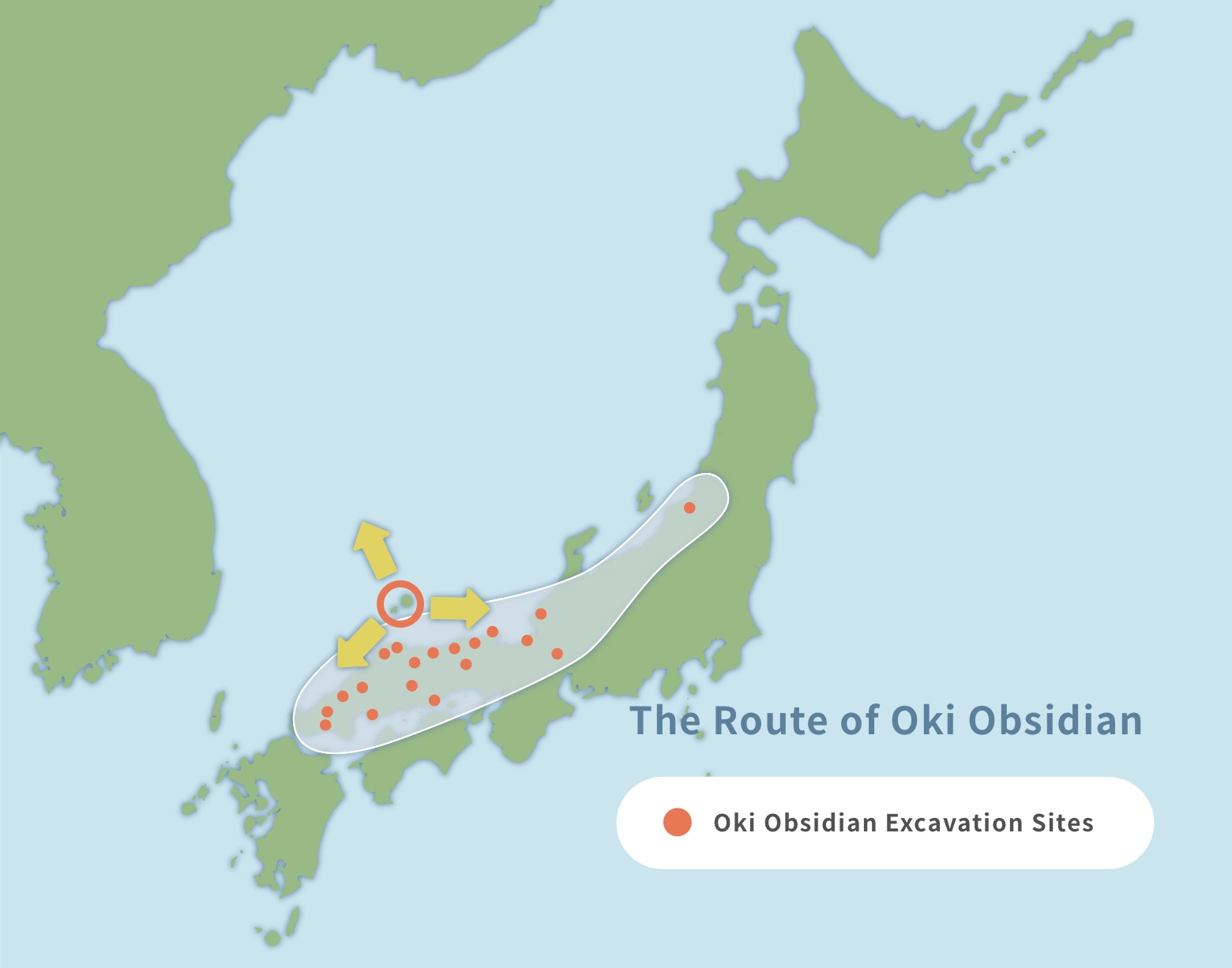
Looking at the distribution of sites where Oki obsidian has been found, we can see the route along which people exchanged goods and culture. In the ages that follow, this route emerges time and time again, marking a road travelled by people and their customs.


